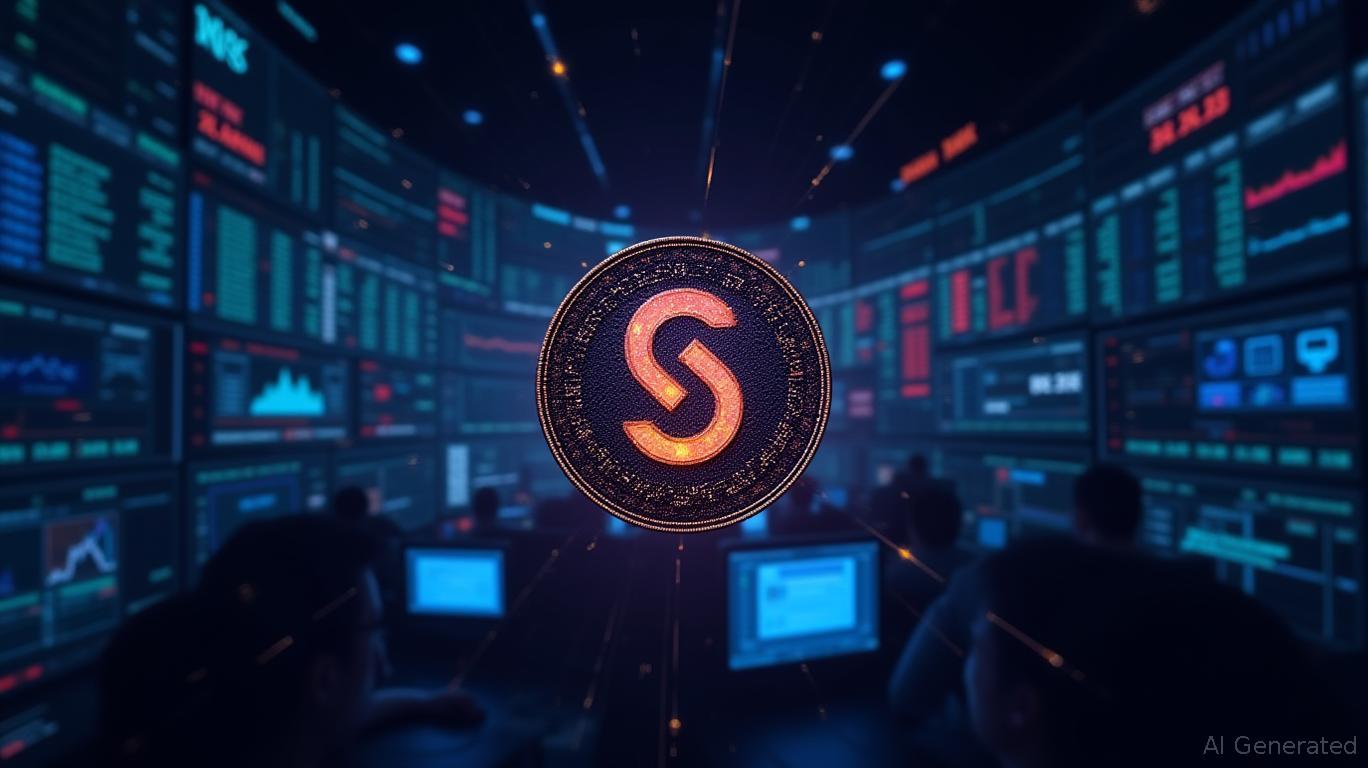Solana News Update: Institutional ETF Investments Propel Solana Toward $200 in Bullish Momentum
Solana (SOL) has bounced back from the crucial $180 support zone, fueling bullish sentiment as traders set their sights on the $200 resistance level as the next possible milestone. On October 25, the token climbed to $195, marking a 12% rebound from its monthly low, largely propelled by strong capital inflows into the REX-Osprey Staking
Chart analysis points to a positive trend.

The SSK ETF stands out for its 0.75% expense ratio, which is higher than the expected fees for upcoming Solana ETFs from companies like VanEck and Fidelity. However, its distinctive model of distributing staking revenue has drawn investor interest, according to the crypto.news report. Fidelity has also expanded retail participation by adding SOL to its U.S. trading platform, alongside
At the same time, the Hong Kong Stock Exchange’s stricter listing requirements for crypto-related companies illustrate a shifting regulatory environment, where institutions must prove sustainable business models to justify significant crypto holdings, according to
For Solana, the combination of ETF inflows, stronger network fundamentals, and broader retail access places the asset at a critical point. Experts warn that although $200 is a significant psychological barrier, ongoing momentum will rely on broader economic trends and regulatory developments. For now, bullish investors are hopeful that the $180 support level has provided a foundation for SOL to revisit its September highs.